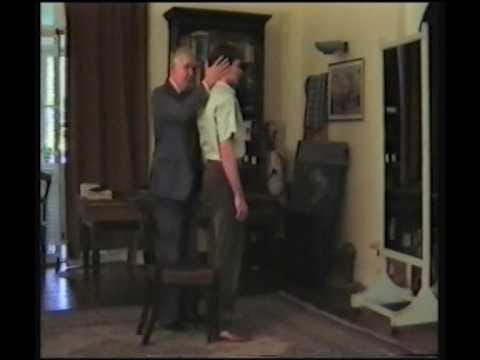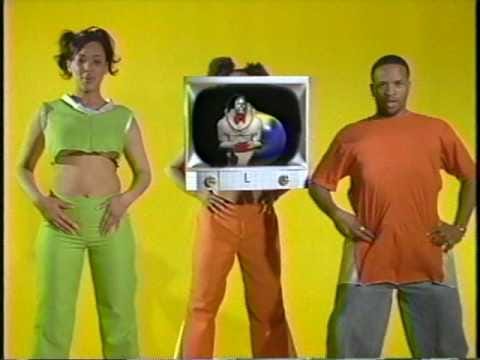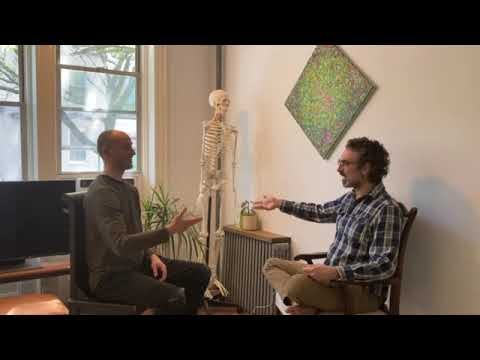This is my collection of articles on the FM Alexander Technique. I will put a link to this article on my About page in Substack. If you use the mobile app, you will have an easy way to see how I organise these concepts and it should give you a quick tool to find old articles and refresh your thinking. All of my articles are intended to be read at least 3 times over the course of years (that’s how reference material works) so use this page to help you reference things!
What Is It?
We are developing our total coordination in every moment of life; both mentally and physically. Read these posts and watch the videos. You must learn to accept that no matter what physical or emotional complaint you may have, the relearning of coordination MUST start with the coordination of the Primary Control.
Understanding Habit
Habits can be either healthy or unhealthy. They all involve an absence of thought. Learning your habits help you know what your are actually doing so that you may begin to actually feel what they do to you.
(Break Glass in Case of Emergency)
Prevention
A cornerstone of FM Alexander’s work is finding the quiet necessary to observe the space between stimulus and response. This space is the difference between habit and choice. Taking the time to see and explore this space is worthwhile!
(aka How to Stop Habit)
How to Think
Your quality of thinking is a skill that can be practiced. We want to construct reasoned thinking and feeling and be able to experiment with how different qualities of thinking impact our ability to learn coordination.
Anatomy of You
You must know a little bit about how you are built to better feel what you are doing in a given moment.
Coordination Principals
Coordination and Anatomy are deeply connected. You should be feeling every fibre of yourself alive and participating in an activity with only the energy required.
Antagonistic Pulls
How do our physical weights (head, leg, whatever bit or bob) counterbalance with our other weights.
Combining Antagonistic Pulls
Primary Explorations
One of FM Alexander’s important self discoveries. All thought and movement coordinate through the open channel of the neck which allows the skull to balance atop it. A lifting chest will create an arch in the spine and block the neck from being an open channel.
Assessment Tools
How can we reliable figure out what we’re doing and how we’re doing it if feelings are unreliable? How can we go from an unknown habit to a new and chosen skill?
Contact
Some part of you makes contact with something at all times. The sensation of contact can add information to help you evaluate how you are balancing from the head down.
Exercises
Practice makes permanent! We need to try out stuff and things and see if all of the concepts described above can be tested. We want to be able to do absolutely anything in the world we dream up, but if the level of difficulty of the skill is too great, then frustration and habit will kick in.
Walking and Lying Down are my two big recommendations for anyone looking to get started. The game described in The Sense of Feeling is CRITICAL practice so that you can learn that pushing and pulling on joints to create a false movement is a waste of time. Real movement comes AFTER the sense of kinaesthesia is functioning before, during, and after a movement.
Developing A Sense of Feeling Is Paramount































































Massively helpful to have it consolidated into chunks like this. Thank you!!